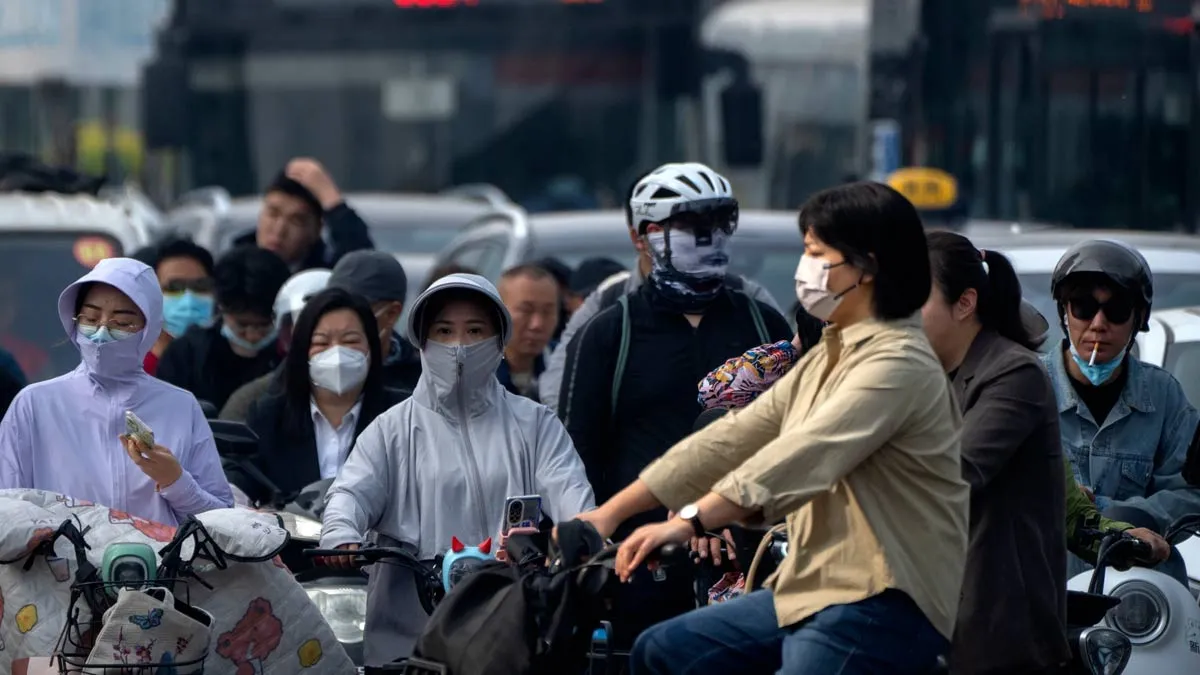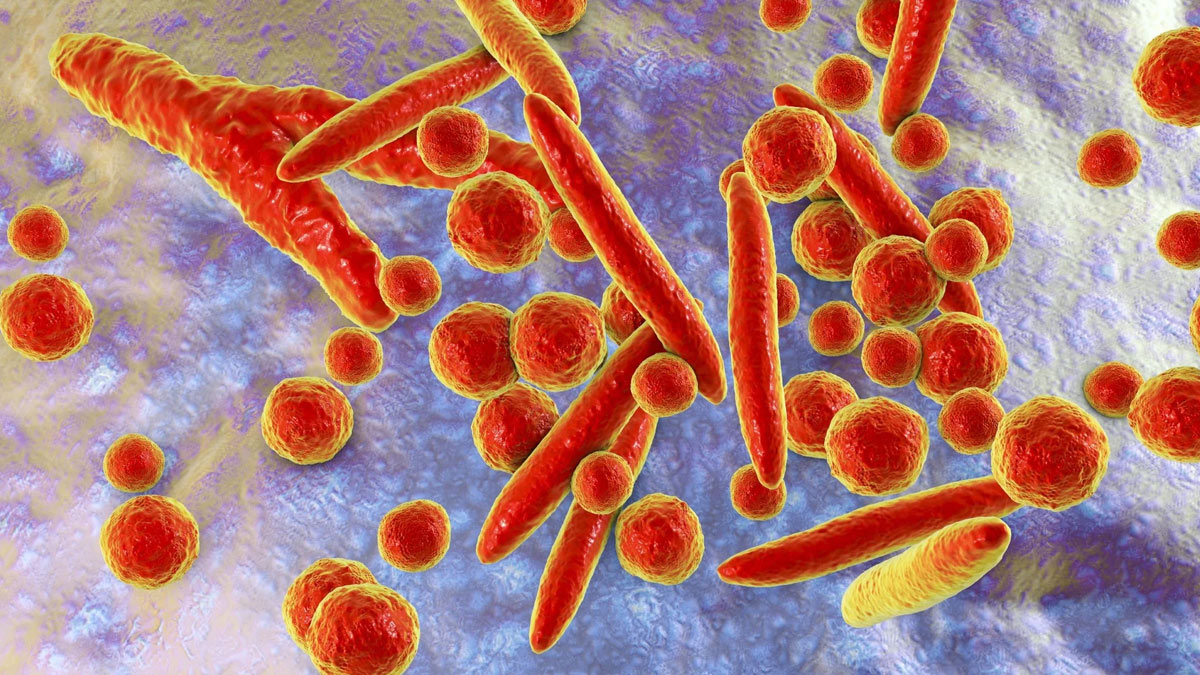
Japan is currently experiencing a concerning rise in mycoplasma pneumonia cases, with cases reaching record highs week after week. This respiratory illness, caused by the bacterium Mycoplasma pneumoniae, primarily impacts children and is spreading rapidly. Here’s an in-depth look at this disease, its symptoms, transmission, and treatment options.
Table of Content:-
Record-Breaking Surge in Cases
As of late October, mycoplasma pneumonia cases in Japan have reached unprecedented levels. Data from Japan’s National Institute of Infectious Diseases revealed that, for the week ending October 20, an average of 2.01 cases per medical institution were recorded nationwide, marking the first time this figure exceeded two cases per facility. This number surpassed Japan's previous record from 2016, where the weekly average was 1.64 cases. The recent figures reflect the highest weekly counts since the current tracking system began in 1999.

What is Mycoplasma Pneumonia?
Mycoplasma pneumonia is an atypical form of pneumonia often referred to as “walking pneumonia” due to its mild, cold-like symptoms in many cases. Unlike other bacterial pneumonias, Mycoplasma pneumoniae does not have a cell wall, which influences how it spreads and the type of antibiotics used to treat it. Though it can affect people of all ages, it is most prevalent among children and adolescents, especially those in crowded environments like schools.
The infection spreads through droplets released by sneezing or coughing, making it highly contagious in crowded spaces. Despite being a mild illness for most people, it can lead to significant discomfort and occasionally severe complications.
Also Read: Bird Flu Found In US Pig Sparks Concerns Over Cross-Species Transmission
Symptoms of Mycoplasma Pneumonia
Mycoplasma pneumonia symptoms can vary from person to person, often mimicking those of a mild respiratory infection. Some of the most common symptoms include:
- Persistent dry cough: Often the primary indicator, this cough can linger and be challenging to treat.
- Low-grade fever: Typically mild but can be prolonged.
- Fatigue and malaise: Many patients experience general tiredness and a lack of energy.
- Mild shortness of breath: This is usually only noticeable during physical activity.
- Headaches and sore throat: Some individuals may also experience discomfort in the upper respiratory tract.
In rare cases, more severe complications can develop, such as inflammation of the heart lining (pericarditis), central nervous system disorders like encephalitis, or severe respiratory issues. For individuals with weakened immune systems or underlying health conditions, the risk of complications is higher, though these cases remain uncommon.
Why Are Children More Affected?
Reports indicate that over 80% of mycoplasma pneumonia cases in Japan affect individuals aged 14 or younger. Children are more vulnerable due to close contact in school settings, where the disease can easily spread through respiratory droplets. Additionally, children’s immune systems may be less equipped to fend off new bacterial infections, increasing their susceptibility.
Treatment Options for Mycoplasma Pneumonia
Treating mycoplasma pneumonia typically involves antibiotics, although the specific approach depends on age and severity. Key treatments include:
Also Read: Haryana And Punjab Sees Dengue Surge With Over 3,000 Cases; Panchkula Reports Highest Spike
Antibiotics
- Macrolides (such as erythromycin and azithromycin) are commonly prescribed for children due to their safety profile.
- Tetracyclines (like doxycycline) and quinolones (such as levofloxacin) are alternatives for adults.
Corticosteroids
In cases where antibiotics alone do not reduce inflammation, corticosteroids may be used to manage more severe symptoms. These drugs, including prednisolone and methylprednisolone, help control inflammation and ease respiratory discomfort.
Immunomodulatory Therapies
For severe infections, additional therapies like intravenous immunoglobulin (IVIG) may be recommended to boost the immune response.
Preventative Measures
To help reduce the spread of mycoplasma pneumonia, following preventive measures is essential:
- Good hygiene: Frequent hand washing and covering the mouth when coughing or sneezing are basic but effective ways to reduce transmission.
- Avoiding crowded places: When possible, limiting time spent in enclosed, crowded areas can lower exposure risk.
- Keeping sick children home: Since schools and daycare centres are common places for the disease to spread, keeping children with symptoms home until they recover is critical to controlling outbreaks.
Bottomline
The recent surge in mycoplasma pneumonia cases in Japan serves as a reminder of the infectious potential of respiratory illnesses, especially in close-contact environments. While the disease is generally mild and treatable, children remain at heightened risk of infection, making preventive steps crucial. Awareness of symptoms and timely medical intervention can ensure that cases remain manageable, helping to prevent more severe complications from arising.
Also watch this video
How we keep this article up to date:
We work with experts and keep a close eye on the latest in health and wellness. Whenever there is a new research or helpful information, we update our articles with accurate and useful advice.
Current Version